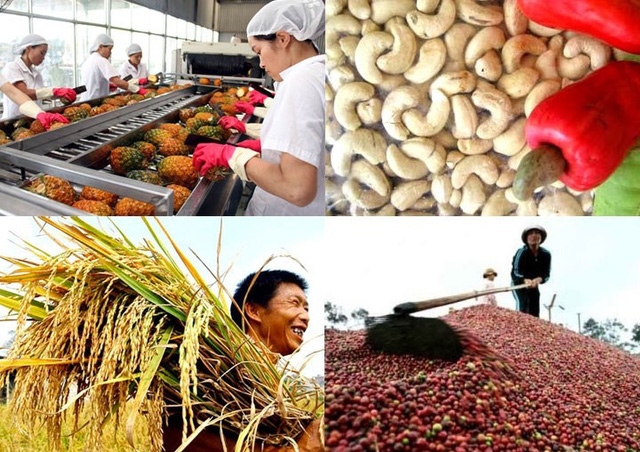How to help agricultural businesses promote exports to Turkish market
VOV.VN - Turkey currently represents the nation’s second largest export market in West Asia, just behind the United Arab Emirates (UAE), with the surplus in bilateral trade balance between both sides in recent years frequently belonging to Vietnam.
However, the proportion of Vietnamese exports in terms of Turkey's total imports remains low at about 0.5%.
Many Vietnamese products exported to Turkey account for a small proportion, lower than those of their direct competitors, except pepper, cashew nut, fiber, and rubber.
In order to provide updated information on the market situation, regulations, standards, as well as the import and export conditions of the Turkish market for local products such as pepper, cashew nut, rubber, fruit, handicrafts, the Vietnam Trade Promotion Office in Turkey will hold a consultation on exports. This will look at the Turkish market in both in-person and offline formats, with the event taking place on March 30 in the northern province of Hung Yen.
Le Phu Cuong, trade counselor for Vietnam in Turkey, said the Trade Office has invited speakers who are representatives of important importers in the Middle Eastern country who will share information with local firms on import requirements, market penetration opportunities, and import and export experience.
According to Cuong, the nation needs to further incentivise domestic enterprises to participate more deeply in trade promotion schemes and transactions. This should be done whilst introducing products at major fairs and exhibitions in Turkey as a means of enhancing business co-operation opportunities with Turkish processing and distribution enterprises.
Statistics compiled by the Ministry of Industry and Trade indicate that in the opening two months of this year Vietnamese export turnover to Turkey reached US$189 million, a year-on-year rise of 16.3%.
According to experts, Turkey represents a country with a number of developed industries, with many sectors having similar strengths to those of Vietnamese sectors, although production costs are notably higher.
Most notably, this market has a fierce competition among import sources due to its geographical location between three continents, coupled with its close proximity to Europe. Meanwhile, local businesses are also quite active, consistently looking for suppliers offering competitive costs in a bid to reduce production costs.
As a result of this, Vietnamese enterprises must be competitive in terms of cost, price, quality assurance, and be in accordance with Turkish technical standards to penetrate this market easily.

